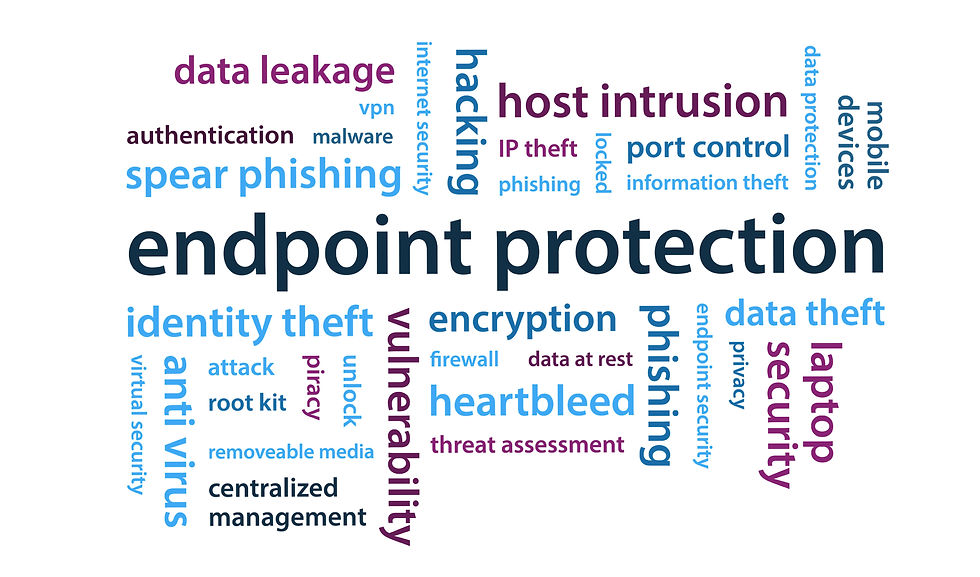[Gartner SRM Summit 2025] Managed Detection and Response Market Guide
- Kenneth Nam

- Jun 12
- 2 min read

Gartner Guide Insight: From Buying Security to Driving Operational Efficiency
Pete Shoard, a Gartner Vice President Analyst, opened the “Managed Detection and Response (MDR) Market Guide” by noting a fundamental shift in how organizations approach cybersecurity. The era of simply “buying better security” is giving way to a focus on “making security operations more efficient.”
This guide dives deep into how MDR services go beyond technology adoption. At its heart MDR is a human-driven, business-focused model that transforms security operations.
What MDR Really Means
There’s a common misconception that MDR is an all-in-one, end-to-end solution powered by AI automation or merely outsourcing responsibility. In fact, Gartner defines MDR by its human-driven deliverables. That means regular communication, rapid response to every detected threat, and expert analysis that produces immediately actionable insights, not just automated reports.
A successful MDR service must:
Deliver clear, actionable outcomes that align with business priorities
Work seamlessly across diverse environments - from identity stores to cloud platforms to social media
Provide round-the-clock access to seasoned professionals who can assess and contain issues accurately
Technology itself is now table stakes. True differentiation comes from business-driven detection use cases and expert-crafted outcomes.
From Reactive to Proactive
The MDR market is evolving fast. By 2028, Gartner predicts that half of all MDR deliverables will focus on threat exposures - up from just 10% today. In other words MDR will expand beyond 24/7 monitoring and incident investigation into proactive capabilities like exposure management and continuous scanning.
This shift addresses newly expanded attack surfaces such as cloud services (IaaS, SaaS, PaaS), leaked credentials, and digital-brand threats on social media. While AI and automation will speed detection and response, Gartner warns against mistaking technology purchase for true operational effectiveness.
Choosing the Right MDR Model
"There is no one-size-fits-all MDR"
Gartner divides offerings into two broad approaches:
Shared model: standardized content (detection reports), technology (XDR, EDR), and delivery method
Dedicated model: co-managed monitoring where the service integrates closely with your in-house team
Organizations must decide which combination of content, tools, and delivery best fits their needs.
Key Takeaways for MDR Adoption
Approach MDR as a means to boost efficiency, not just to “get better security.” Evaluate services based on what they deliver, not just what technology they use.
Ask for sample reports and work through a playbook to test how the service will function in your environment.
Confirm that any chosen provider can collaborate closely with your team to maximize overall security capability.
Pago Networks’ Perspective
As a Threat Analyst at Pago Networks I was struck by the phrase “Technology is Table Stakes.” It highlights that real value lies not in which EDR or XDR you buy but in how effectively you leverage the data those tools generate. Security must move beyond passive consumption of alerts to proactively turning data into actionable outcomes.
Ultimately the question is not “Which technology do we use?” but “How will we operate it to stay ahead of emerging threats?”
Author - Kenneth Nam, Threat Analyst | PAGO Networks



